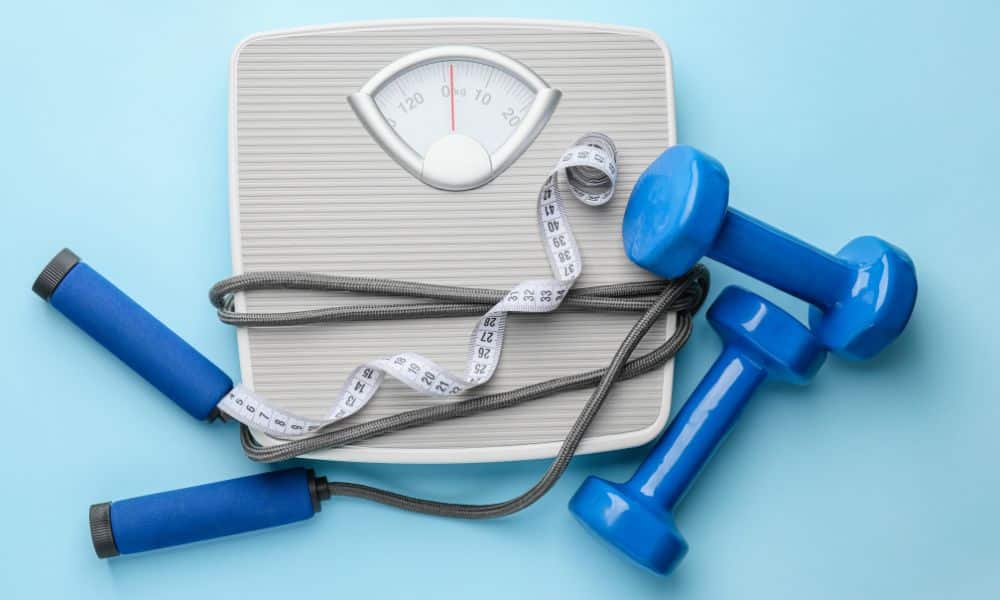Whether you’re trying to build muscle or lose fat, tracking your calories is one of the most effective ways to ensure you’re on the right path. By monitoring your caloric intake, you gain control over your diet and can make adjustments to optimize your results. This article discusses how to track calories for muscle building and fat loss, why it’s essential, and tips to make the process easier and more accurate.
Why Should You Track Calories for Muscle Building and Fat Loss?
Tracking calories and muscle fat loss strategies allow you to understand the relationship between your food intake and your body’s response. Calories are the energy that fuels your workouts and recovery, but consuming too many or too few can impact your progress:
- For Muscle Building: A calorie surplus is needed to support muscle growth. This surplus provides your body’s energy to repair and build muscle tissue after workouts.
- For Fat Loss: A calorie deficit is required to lose fat. When you consume fewer calories than your body needs, it turns to stored fat for energy, resulting in fat loss.
By tracking calories, you can adjust your intake to meet your specific fitness goals, whether you want to add muscle, lose fat, or do both simultaneously.
How to Track Calories for Muscle Building and Fat Loss?
Determine Your Caloric Needs
To effectively track calories, start by determining your Total Daily Energy Expenditure (TDEE). This is the number of calories you burn daily, including your Basal Metabolic Rate (BMR), physical activity, and the thermic effect of food (TEF). For Muscle Building: Add 10-15% to your TDEE to create a calorie surplus. For Fat Loss: Subtract 10-20% from your TDEE to create a calorie deficit. Use online calculators or apps to estimate your TDEE based on age, gender, weight, height, and activity level.
Set Your Macronutrient Ratios
Macronutrients—proteins, carbohydrates, and fats—play distinct roles in muscle building and fat loss. Setting the proper ratios helps ensure you’re getting the necessary nutrients:
For Muscle Building: Aim for a higher protein intake (1.6-2.2 grams per kilogram of body weight), moderate carbs, and moderate fats to support muscle growth.
For Fat Loss: Prioritize protein to preserve muscle mass, reduce carbs slightly, and moderate fats.
Use Calorie-Tracking Apps
Apps like MyFitnessPal, Cronometer, or Lose It! to simplify tracking calories. These apps allow you to input your foods and automatically calculate your daily caloric intake and macronutrient breakdown.
Log Everything: Be precise with your entries, including snacks, beverages, and condiments, to get an accurate picture of your calorie intake.
Scan Barcodes: Most apps use the barcode scanning feature to log packaged foods quickly.
Weigh and Measure Your Food
Portion sizes can be deceiving. Use a food scale to weigh your food and measure servings accurately. This is especially important for calorie-dense foods like nuts, oils, and dressings, where small amounts can significantly impact your calorie count.
Adjust Your Intake Based on Progress
Regularly review your progress and adjust your calorie intake accordingly. Consider increasing your intake slightly if you’re not gaining muscle on a calorie surplus. Conversely, if you’re not losing fat on a deficit, you may need to reduce calories further or increase your activity level.
How Does Tracking Calories Help Optimize Muscle Building and Fat Loss?
- Prevents Overeating or Undereating: Tracking calories and using muscle fat loss strategies helps you stay within your target range, avoiding excess intake that leads to fat gain or insufficient intake that hinders muscle growth.
- Identifies Nutrient Gaps: By logging your meals, you can identify if you’re missing out on essential nutrients like protein, which is crucial for muscle repair and growth.
- Improves Accountability: Seeing your daily intake in black and white makes you more aware of your eating habits and motivates you to stick to your plan.
- Supports Consistent Progress: Tracking allows you to make data-driven decisions. Instead of guessing why you’re not seeing results, you can adjust your diet based on your logged data.
Tips to Make Calorie Tracking Easier
- Meal Prep in Advance: Preparing meals beforehand helps you control portions and accurately log calories, reducing the guesswork and temptation to eat off-plan.
- Learn Common Portion Sizes: Familiarize yourself with common portion sizes to estimate calories better when you can’t measure food, such as dining out.
- Be Flexible but Consistent: It’s okay to have days where you go slightly over or under your calorie target. Consistency over time matters, so don’t stress over occasional deviations.
- Track Alcohol and Beverages: Don’t forget to log drinks, as they can add up quickly in calories, especially sugary drinks and alcoholic beverages.
Key Takeaways
- To effectively track calories and muscle fat loss, start by determining your TDEE and adjusting your intake to support your goals.
- Use apps, food scales, and portion control to track your calories and macronutrients accurately.
- Regularly review and adjust your intake based on your progress to stay on track with muscle-building or fat-loss goals.
- Consistency is key; make tracking a daily habit for the best results.
Conclusion
Tracking calories is a powerful tool that can significantly impact your muscle-building and fat-loss journey. You can fine-tune your diet to meet your specific fitness goals by staying aware of your intake and making necessary adjustments. Remember, consistency, accuracy, and adapting your strategy based on progress are the keys to success. Start tracking today to take control of your fitness journey and achieve the desired results.




